| size | Large, Medium, Small |
|---|
Wheel Chair
$0.00
Wheelchairs are invaluable mobility aids designed to provide freedom and independence to individuals with mobility impairments. These devices come in various styles and configurations, catering to different needs and preferences.
Modern wheelchairs are typically constructed from lightweight yet durable materials such as aluminum or titanium, balancing portability with sturdiness. They feature comfortable seating options, often adjustable to accommodate varying body types and preferences. Additionally, specialized cushions and supports can be added for enhanced comfort and posture support.
FAQs
Features
Here are the features commonly found in wheelchairs:
- Foldable Frame:
- Many wheelchairs feature a foldable frame, allowing for easy transport and storage when not in use.
- Lightweight Construction:
- Lightweight materials such as aluminum or titanium are often used in wheelchair frames, making them easier to maneuver and transport.
- Adjustable Seat Height:
- Some wheelchairs offer adjustable seat heights to accommodate different users’ needs and preferences.
- Removable Armrests and Footrests:
- Removable armrests and footrests facilitate easier transfers in and out of the wheelchair and can also allow the wheelchair to fit into smaller spaces for transport.
- Swing-away Footrests:
- Swing-away footrests can be moved out of the way to make it easier for users to get in and out of the wheelchair independently.
- Flip-back Armrests:
- Flip-back armrests provide additional flexibility for users, allowing them to move the armrests out of the way when needed.
- Adjustable Backrest Angle:
- Some wheelchairs offer adjustable backrest angles to provide personalized comfort and support for users.
- Wheel Locks:
- Wheel locks allow users or caregivers to secure the wheelchair in place to prevent it from rolling when stationary.
- Padded Seat and Backrest:
- Padded seat and backrests offer increased comfort for users, especially during extended periods of sitting.
- Anti-tippers:
- Anti-tipping devices help prevent the wheelchair from tipping backward, providing added safety and stability.
- Quick-release Wheels:
- Quick-release wheels allow for easy removal of the rear wheels, making it easier to transport the wheelchair or store it in a vehicle.
- Adjustable Footplate Angle:
- Some wheelchairs feature footplates with adjustable angles to accommodate users with different leg lengths or positioning needs.
- Elevating Legrests:
- Elevating legrests provide support and positioning for users with leg or foot injuries, allowing them to elevate their legs for comfort and circulation.
- Crash-tested Frames:
- Some wheelchairs are crash-tested for use in motor vehicles, providing additional safety for users who need to travel in a wheelchair-accessible vehicle.
These features vary depending on the specific model and type of wheelchair, with some designed for general use and others tailored for specific needs such as sports, pediatric use, or bariatric patients.

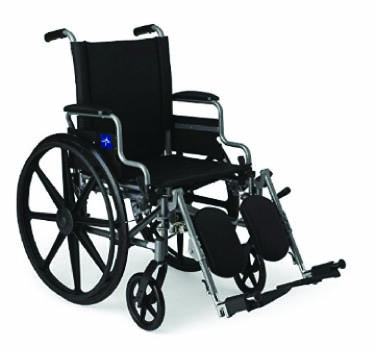
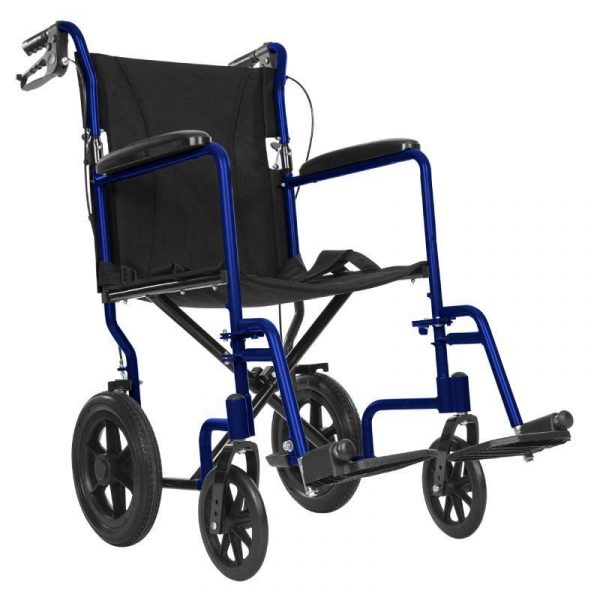

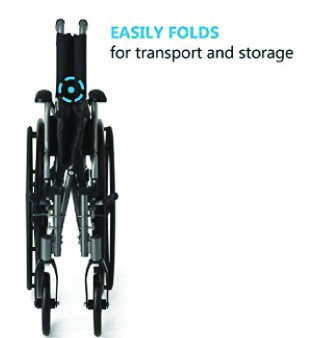
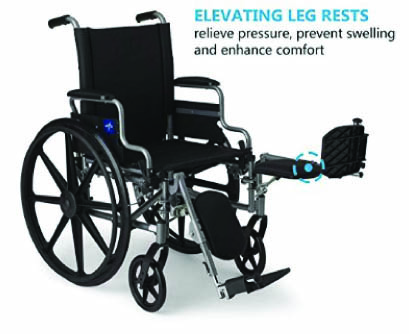
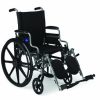
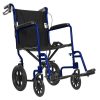
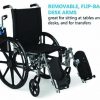

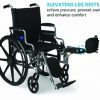
Reviews
There are no reviews yet.